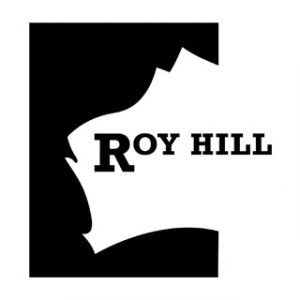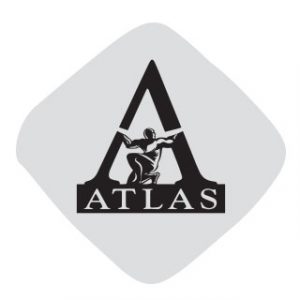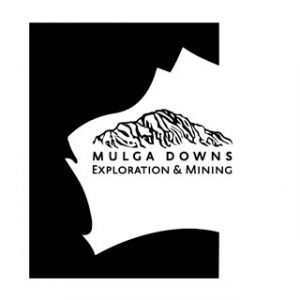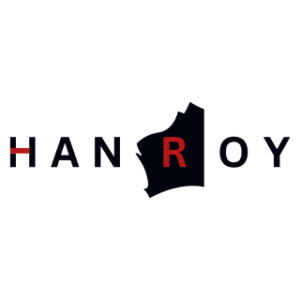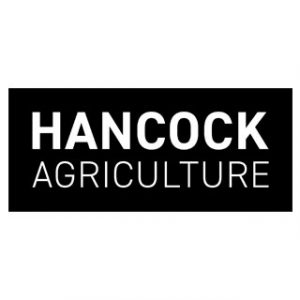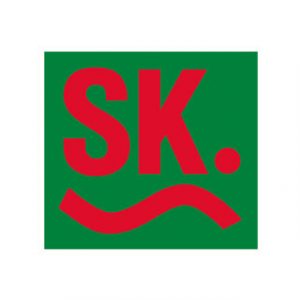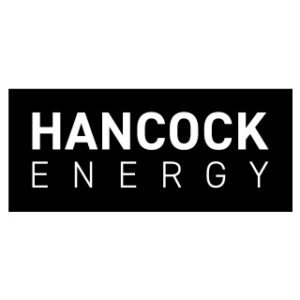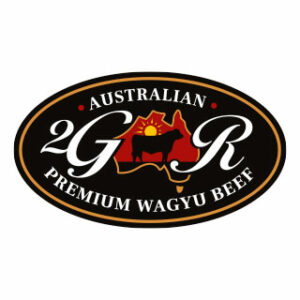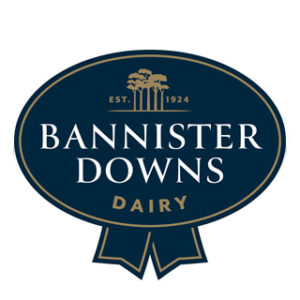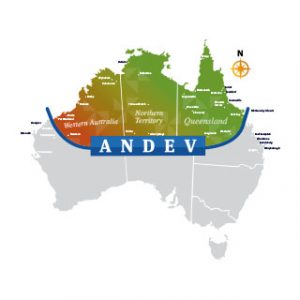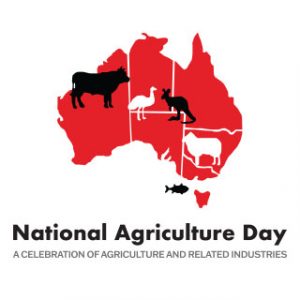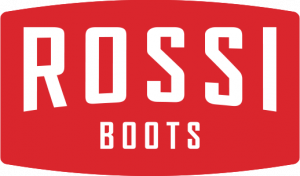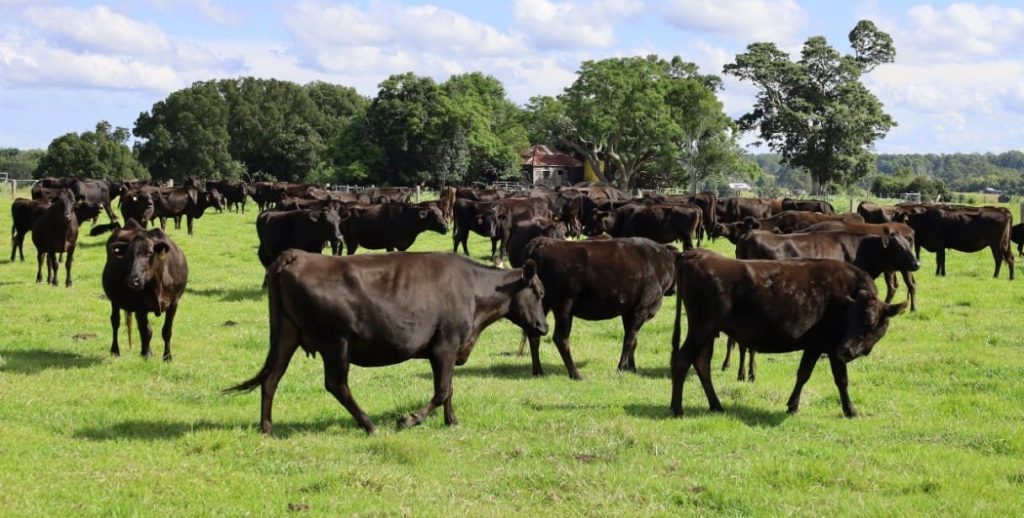
GINA Rinehart’s relentless expansion into Wagyu beef production has continued into 2025, with her Hancock Agriculture and 2GR Wagyu business recently settling on its off-market purchase of 10,000ha Wongaboori Station in central western NSW.
Wongaboori, offered by Sydney-based lawyer Paul McGirr, is located not far from Mendooran, about an hour northeast of Dubbo.
The property, comprising four non-adjoining blocks, will be used primarily as a Wagyu breeding facility, plus some backgrounding as seasons allow. There were no cattle involved in the deal, worth more than $70 million.
Hancock Agriculture already has a substantial footprint in the Dubbo region, including 10,000ha Glencoe, owned formerly by the late AMLC chairman, Dick Austen, bought for around $30 million in 2015.
A year later the company bought 1011ha breeding property Hiddendale, north of Dubbo, after earlier purchasing adjoining 4600ha Boogadah and Caigan from businessman Paul Saltieri. Together, the three properties are run as the Caigan Aggregation. The deal also include Mr Saltieri’s Greenhills Wagyu cattle herd, numbering about 3000 head, and including 1600 elite Fullblood females.
The latest purchase means Hancock now controls almost 26,000ha of quality grazing country in the Dubbo region.
Hancock in July last year completed its purchase of the Sumo Pastoral Co Wagyu herd, adding significantly to its Fullblood breeding capacity, and adding to the motivation to purchase more country around Dubbo.
Hancock Agriculture and 2GR Wagyu’s purchase last year of the the Sumo Fullblood herd was one of the largest Wagyu herd transactions in recent times. The deal cemented Hancock Agriculture as the world’s largest Fullblood Wagyu producer, by a considerable margin.
Not including its most recent Sumo herd purchase, Hancock Agriculture was last year running around 15,000 Fullblood Wagyu breeders, from mature cows to maiden heifers entering the breeding herd. Most were produced through natural mating. The longer-term objective is to turn off around 12,000 450-500 day longfed Fullblood Wagyu slaughter cattle each year.
The Sumo herd sale completed last July totalled 1450 head including around 900 registered Japanese Fullblood cows, plus some recip cows, younger Fullblood bulls Fullblood sires, and calves. The only Wagyu sale of similar size in terms of scale was the deal done on Bob Officer’s Moyhu Wagyu herd, which sold around 600 Fullblood cows some years ago to Stone Axe Pastoral in Western Australia.
Beef Central is aware of another large Fullblood Wagyu herd, numbering some 1200 high-quality females, which is expected to come to market in coming months.
Hancock Agriculture bases most of its Wagyu breeding operations in Central and northern NSW and southern Queensland, but also runs around 1000 Fullblood Wagyu cows in Western Australia. At the time it purchased the Sumo herd last year, the company would not rule out further grazing land acquisition to accommodate its expanding Wagyu breeding operations.
Hancock’s 2GR Wagyu brand product, processed at the John Dee export abattoir near Warwick, is now exported to 26 countries across North and South Asia, the Middle East, Europe and North America.
In the UK, for example, the product appears on six high-end London restaurants, “but demand existed for 50”, the company said late last year. Long lead-times to breed and feed Wagyu cattle mean matching supply and demand can take three to five years, between conception and landing the steak on the plate.

